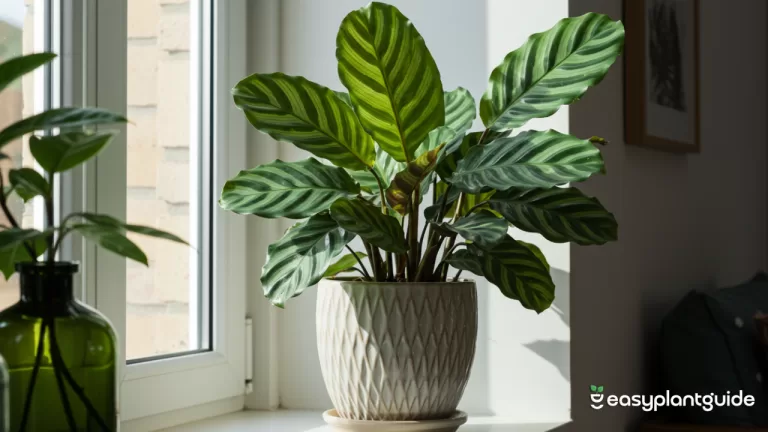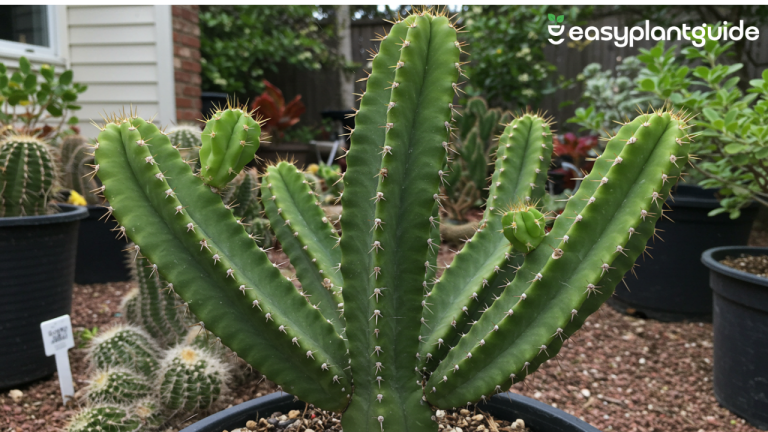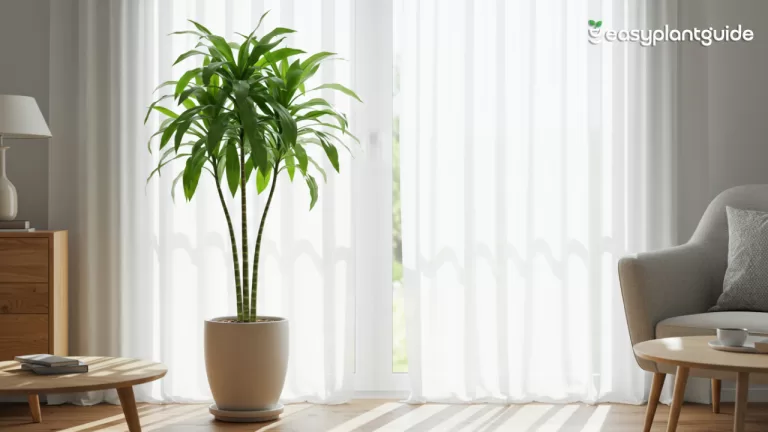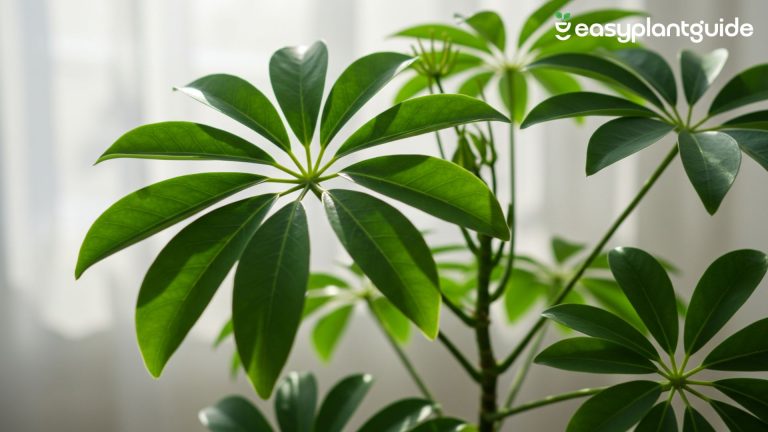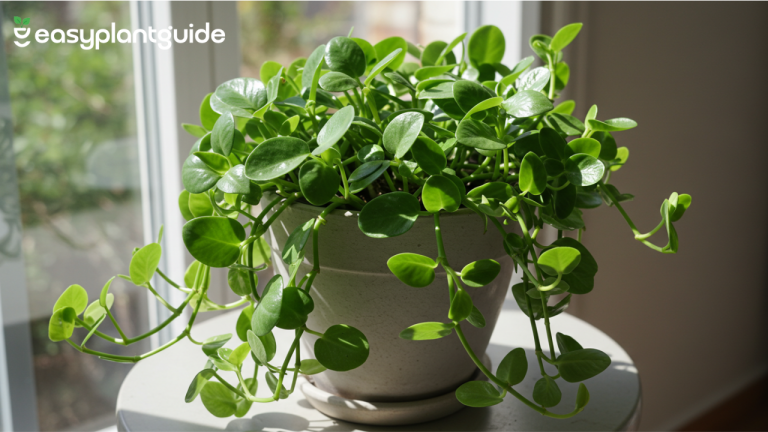9 Stunning Ways to Elevate Indoor Decoration Plants Easily
Indoor decoration plants aren’t just greenery—they’re living art that brings personality, color, and life to your home. Whether you live in a cozy apartment or a spacious house, incorporating the right indoor plants can transform any space from dull to vibrant. But here’s the catch: not all plants are created equal. Some need more care, some tolerate low light, and some can even purify your air. In this guide, I’ll walk you through everything you need to know to make your indoor plants look amazing while keeping them healthy.
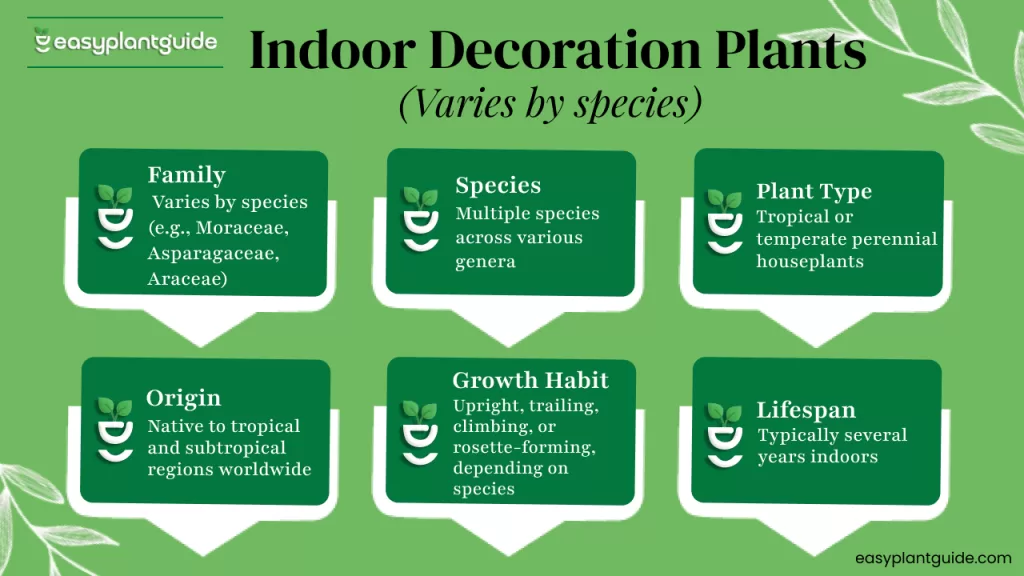
Why Indoor Decoration Plants Matter
Adding indoor decoration plants is like giving your home a breath of fresh air—both literally and visually. These plants don’t just fill empty corners; they bring life, color, and texture that instantly uplift any room. Studies show that being around greenery can reduce stress, improve mood, and even boost creativity, making your living space not only prettier but healthier for your mind and body.
But the benefits don’t stop there. Indoor decoration plants can serve as natural air purifiers, filtering toxins and increasing oxygen levels indoors. They’re also conversation starters—guests often notice and admire unique leaf shapes, vibrant patterns, or elegant plant arrangements. A carefully placed plant can tie together your furniture, complement your color scheme, or act as the centerpiece of your décor. With the right selection and care, indoor plants aren’t just decorative—they’re functional, dynamic, and essential elements of a stylish, welcoming home.
Choosing the Right Indoor Plants for Your Space
Not every plant thrives in every corner of your home, so it’s important to choose the right indoor decoration plants. One of the first things to consider is light availability. Determine whether the spot gets bright, medium, or low light. Some plants need indirect sunlight, while others can tolerate dimmer areas, and placing them in the wrong light can affect their growth and vibrancy.
Next, think about space. Small pots work well for desks, shelves, or windowsills, while larger floor plants make a statement in corners or open areas. Maintenance level is also crucial—low-maintenance plants are perfect for beginners or busy schedules, while some species require regular watering, pruning, or humidity adjustments.
Top 5 Low-Maintenance Indoor Decoration Plants
Some indoor decoration plants are practically “set and forget,” making them perfect for beginners or Some indoor decoration plants are perfect for anyone with a busy lifestyle. These plants not only survive occasional neglect but also add style and life to your indoor spaces without constant attention. Here are the top five low-maintenance options to consider:
1. Snake Plant
The Snake Plant is a superstar for anyone starting with indoor greenery. It tolerates low light, infrequent watering, and even some temperature fluctuations. Its upright, sword-like leaves make a bold statement in any room, adding height and texture effortlessly.
2. ZZ Plant
The ZZ Plant is both hardy and stylish, boasting glossy, dark green leaves that catch the eye. It can survive low light conditions and doesn’t demand frequent watering, making it ideal for offices, dimly lit rooms, or apartments with limited natural sunlight.
3. Pothos
Known for its fast-growing trailing vines, Pothos is extremely easy to propagate and maintain. It thrives in a variety of light conditions and can add a lush, cascading effect to shelves, hanging pots, or plant stands, making it a versatile choice for indoor décor.
4. Spider Plant
A classic favorite, the Spider Plant is perfect for hanging pots or elevated displays. Besides being visually appealing, it’s an excellent air purifier and requires minimal care—just occasional watering and trimming of baby shoots ensures it stays healthy and vibrant.
5. Peace Lily
Elegant and graceful, the Peace Lily produces white blooms that contrast beautifully with its dark green leaves. It thrives in moderate light and only needs weekly watering, making it a low-maintenance yet highly decorative choice for living rooms, bedrooms, or office spaces.
Best Indoor Plants for Air Purification
If you want your home to feel fresh and healthy all year round, certain indoor decoration plants act as natural air cleaners. These plants not only add beauty but also improve indoor air quality by filtering toxins and increasing oxygen levels. Here are some top choices:
- Aloe Vera: Beyond its well-known medicinal properties, Aloe Vera helps clean the air by removing formaldehyde and benzene, common indoor pollutants. Its succulent leaves also make it an easy-care decorative plant.
- Boston Fern: This lush, feathery fern is excellent at absorbing indoor toxins and increasing humidity. Boston Ferns are perfect for hanging baskets or elevated displays, adding both beauty and function.
- Rubber Plant: Hardy and resilient, the Rubber Plant helps remove airborne pollutants like formaldehyde. Its glossy, dark green leaves add a bold, stylish touch to any indoor space.
- Areca Palm: Not only does the Areca Palm purify air, but it also brings tropical vibes into your home. Its tall, feathery fronds make it a striking statement plant in corners or near windows.
- English Ivy: Ideal for reducing mold spores, especially in humid areas like bathrooms, English Ivy is a versatile trailing plant that can be displayed on shelves, hanging pots, or even trained along trellises.
Using these indoor decoration plants combines health benefits with aesthetic appeal, making your living space fresher, greener, and more inviting.
Potting and Soil for Indoor Decoration Plants
The right pot and soil are essential for the healthy growth of indoor decoration plants. Choosing a pot with drainage holes is crucial because it prevents water from accumulating at the bottom, which can lead to root rot. The size of the pot also matters—overly large pots may hold excess water, while too small pots can restrict root growth. Finding the right balance ensures your plants thrive.
Using a well-draining soil mix tailored to each plant type is equally important. Tropical plants may prefer a peat-based mix with added perlite, while succulents need sandy, quick-draining soil. Refreshing the soil every year or during repotting helps replenish nutrients and maintain good soil structure. Adding a thin layer of pebbles at the bottom of the pot can help control moisture levels and improve drainage, keeping your indoor decoration plants healthy, vibrant, and visually appealing.
Watering Your Indoor Plants
Watering is one of the trickiest parts of caring for indoor decoration plants, and many plant owners make mistakes that can harm their greenery. Overwatering can lead to root rot, while underwatering causes leaves to droop and soil to dry out. The best approach is to check the soil moisture before watering—only water when the top inch feels slightly dry. This simple step ensures your plants get enough hydration without risking soggy roots or fungal problems.
When watering, aim to do so deeply but infrequently, encouraging roots to grow stronger and reach deeper into the soil. Avoid leaving water in saucers, as stagnant water can attract pests or promote mold growth. For tropical plants, lightly misting leaves helps maintain humidity and mimics their natural environment. Adjust your watering schedule according to the season, giving more water in summer and reducing it during winter dormancy. Following these practices keeps indoor decoration plants healthy, vibrant, and thriving year-round.
Fertilizing Tips for Indoor Plants
Feeding your indoor decoration plants is essential to keep them lush, vibrant, and healthy. Fertilizer provides nutrients that the soil may lack, supporting strong root systems, robust growth, and vibrant foliage. Using a balanced liquid fertilizer, such as a 10-10-10 or 20-20-20 formula, ensures your plants get the right mix of nitrogen, phosphorus, and potassium. To avoid burning the roots, always dilute the fertilizer to half-strength before applying it.
It’s best to fertilize your indoor decoration plants monthly during the spring and summer, when they are actively growing. Avoid fertilizing in fall and winter, as most plants enter a rest period and won’t absorb nutrients efficiently. Watering your plants before fertilizing is also important, as it helps the nutrients penetrate the soil evenly and prevents root stress. Following these steps will help your indoor plants thrive and maintain their decorative appeal all year long.
Placement Tips for Indoor Plants
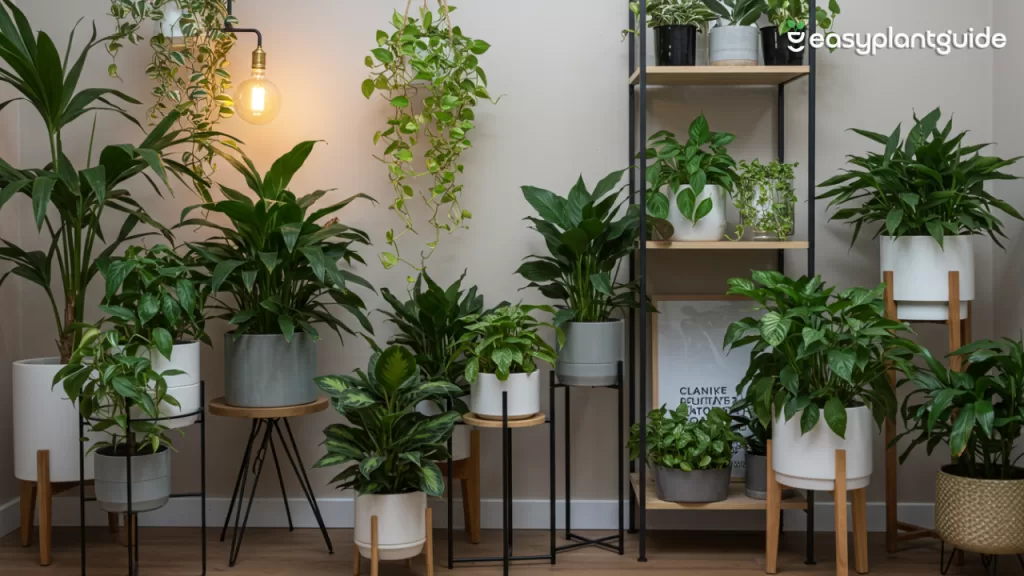
Proper placement can make or break your indoor decoration plants display. The right positioning ensures they thrive while enhancing your home décor. Here are some practical tips:
- Place tall plants near corners or windows: Tall plants like Fiddle Leaf Fig or Areca Palm work well in corners, adding height and drama to the room while benefiting from indirect sunlight.
- Use hanging pots to save floor space: Trailing plants such as Pothos or Spider Plant look stunning in hanging pots, freeing up tables and floors for other décor elements.
- Cluster small plants on shelves or tables: Grouping smaller plants creates a mini indoor jungle, adds visual interest, and makes caring for them easier.
- Rotate plants to ensure even growth: Turn your plants periodically so all sides receive light, preventing lopsided growth and keeping leaves vibrant.
- Keep plants away from direct hot or cold drafts: Avoid placing plants near heaters, air conditioners, or drafty windows, as sudden temperature changes can stress them.
With these placement strategies, your indoor decoration plants will not only stay healthy but also enhance the style and atmosphere of your living space.
Common Problems and Solutions
Indoor plants can develop issues if conditions aren’t ideal. Here’s a quick troubleshooting table:
| Problem | Likely Cause | Quick Fix |
|---|---|---|
| Yellowing Leaves | Overwatering | Adjust watering schedule |
| Drooping Leaves | Underwatering or low light | Water adequately & relocate to brighter spot |
| Brown Leaf Tips | Low humidity or hard water | Mist leaves or use filtered water |
| Pests (spider mites) | Dry air or dust | Clean leaves & use insecticidal soap |
| Slow Growth | Lack of nutrients | Fertilize monthly during growth season |
Using Indoor Plants as Décor Pieces
Indoor decoration plants can be both functional and aesthetic, instantly transforming any room. Grouping tall and medium-sized plants creates lush corners, while smaller plants brighten shelves, tables, or sideboards. They help soften harsh furniture edges and add a natural, calming vibe, while pairing them with decorative pots elevates their style. With thoughtful placement, these plants enhance both the beauty and atmosphere of your indoor space.
Decorative Pots and Accessories
The right pot can completely elevate the style of your indoor decoration plants. Ceramic pots with texture add a modern, sophisticated touch, while woven baskets bring a warm, bohemian feel. Concrete pots create a clean, minimalist look, and colorful planters add playful pops of vibrancy. Matching trays not only enhance the aesthetic but also protect furniture from water damage, keeping both your plants and home looking their best.
Conclusion
Indoor decoration plants aren’t just for looks—they bring life, color, and even cleaner air to your home. By choosing the right plants, placing them thoughtfully, and following proper care tips, you can turn any indoor space into a green oasis. Remember, healthy, happy plants are the key to beautiful décor. With consistent care and a little creativity, your indoor plants will thrive and transform your living space into a vibrant, inviting home.
Explore more plant blogs and grow your green journey with us.


